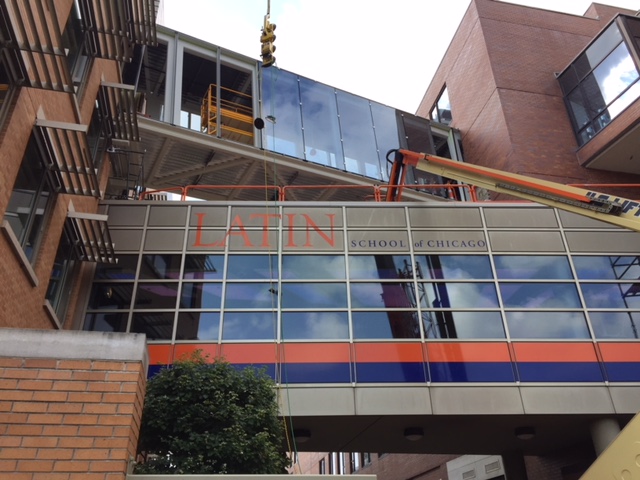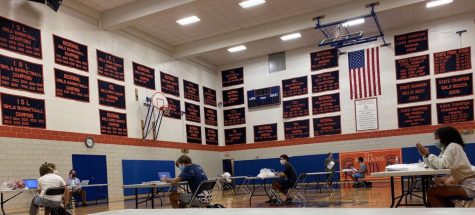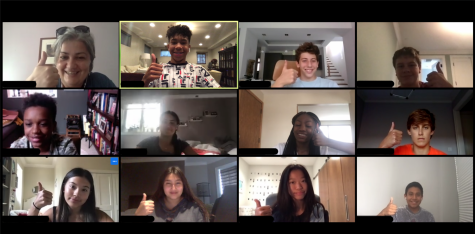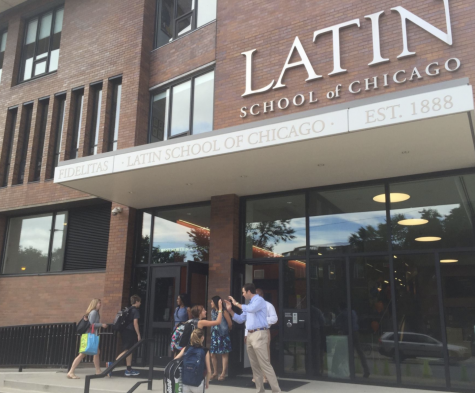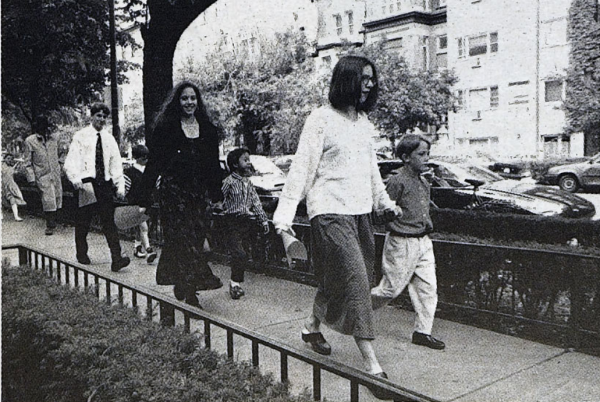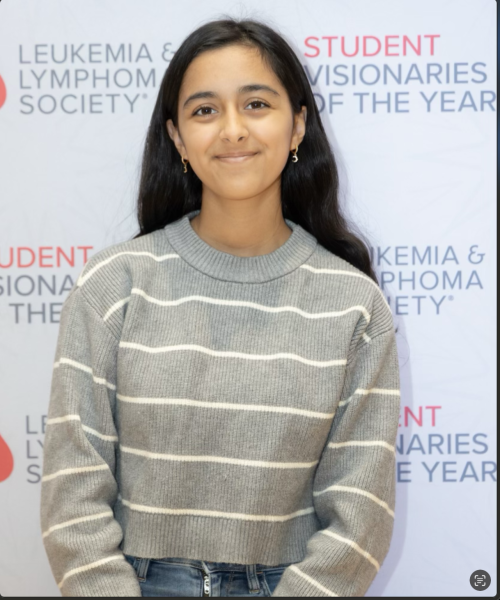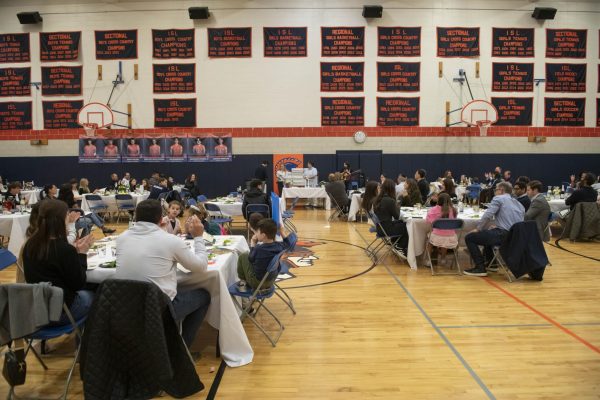How difficult was it to plan reopening for Lower and Middle School students?
Romans are back to school despite COVID-19, thanks to the Latin growth mindset, meticulous planning, and the leadership of Latin’s three division heads: Upper School Director Kirk Greer, Middle School Director Deb Sampey, and Lower School Director Julie Brooks. However, finding a way to return to the school was far from easy. While students were out of school for summer vacation, the division heads have been working since the end of May to make in-person learning possible amid so much uncertainty. The planning involved daunting logistics, a politically charged community, changing health regulations, conflicting stakeholder viewpoints, difficult deadlines, and the harsh reality of guaranteed imperfection. Ultimately, the administration designed a plan that would allow Upper School students to occasionally visit the school and take advantage of in-school resources and Middle and Lower School students to participate in either a hybrid or fully in-person curriculum.
Ms. Brooks welcomed back the Lower School the day after Labor Day. Unlike the other divisions, the Lower School will be fully in person with a remote option. They are starting with half days to ease into the once-regular routine. Although it is the smallest of Latin’s three buildings, the Lower School’s pre-existing cohort system and the benefits of keeping younger students in the classroom made a return to in-person learning relatively smooth. Suitable did not mean easy. According to Ms. Brooks, the hardest challenge was bringing those with differing opinions to a consensus. “I’ve never planned for school in the midst of a global pandemic,” she said. “None of us had. We continually reminded ourselves what’s best for students.”
One of many logistical challenges for Ms. Brooks was adapting to the rapidly changing public health guidelines. “We were operating with unknowns (the virus, transmissions, what PPE are truly effective) and information was, and still is, changing on a daily basis,” she said. “There are not years of research to use for a foundation. It’s like building a house on quicksand.” Ms. Brooks somehow managed to salvage some beloved Lower School traditions. JK’s own version of Hogwarts houses, red bears, yellow bears, green bears, purple bears, and orange bears, are still around. Plans for virtual assemblies and a possible virtual Romans Run are in the works. Although times are tough, the Lower School director is hopeful. “As hard as things are, we are so fortunate to work and go to school at Latin,” said Ms. Brooks. “The kids have been amazing and so happy to be back at school.”
Middle Schoolers, all wearing masks, also returned on September 8 to blue markers outside school indicating a safe six-foot distance, and a carefully planned and controlled entrance into the building. Middle School Director Ms. Sampey waited outside to welcome students and ensure a safe and orderly arrival. The Middle School is following a hybrid program: half remote and half in person. Students are in school half days to reduce density and give time for students to arrive and leave in waves.
The first day back was long in the making and apparently as complicated to plan as landing on the moon. In addition to figuring out social distancing and how to enter the building, the hardest challenge was managing the differing opinions about how to return to school, many as equally as strong as the next. “While there was a divide overall between the faculty and families and administration, what was lost at times was the fact that there was also the same divide within each of these groups,” said Ms. Sampey. “I pride myself on being a good listener and able to compromise, but this was like no other experience. I am a pleaser and a fixer. COVID and all the associated fears and worries could not be ‘fixed,’ and sanitizing the reality and risk was disingenuous. In the end, it was likely my greatest challenge to follow my moral compass, to consider multiple perspectives, to not look for a fix but to compromise, and be willing to accept a solution that was imperfect.”
While Latin’s Middle School allows choice in Language and Arts, students are kept with their grades. As a result, many tradeoffs were made to make Middle School’s half-day hybrid model work. For example, lunch and recess were cited as concerns. Athletics in the Middle School are on hold. When asked about the possible return to athletics in the Middle School, Ms. Sampey said, “The absolute priority is to get kids safely back to school. The co-curricular program is secondary at this time. While co-curriculars like athletics, Science Olympiad, and drama are typically considered essential programs in Middle School, we have to bring students and teachers back safely to the curriculum and school day and then we can slowly consider adding more programming.”
Ms. Sampey, a mother of two collegiate athletes, has seen firsthand the resources needed to operate athletic programming during these times such as coaching staff, testing, and carefully thought through ways to group teams to mitigate risk. Refusing to sugarcoat it, Ms. Sampey candidly acknowledged that “Latin’s Middle School athletics program does not have the resources to run a full athletic program this fall.”
Planning the Middle Schoolers’ return kept Ms. Sampey working from the time she woke up until she went to bed. She said she has taken only one day off since March. “To do my best meant to think about it constantly. Each time I thought I had an answer realized, at best I was one step closer. There were no right answers and that made me crazy. Like a Latin student, I wanted the right answer!” Although seeing her students was a personal highlight, Ms. Sampey sensed a mixed bag of emotions the first few days. As the first week progressed, she noticed her students starting to relax and settle in. Although many tradeoffs were necessary, Ms. Sampey salvaged many Middle School traditions. She enthusiastically reported that “Mr. Canright has the Problem of the Week going already!”
The Upper School returned, fully remote, on August 31, a week before the younger students. Since late May, the Upper School had a team of teachers planning ways to return in person. When public health concerns dictated that it was safer for the Upper School to remain remote, the task force switched gears and focused on making the remote schedule the best it could.
Mr. Greer singles out the constantly changing public health regulations as one of the most difficult challenges he faced. The “quicksand” that Ms. Brooks noted is what Mr. Greer called the “moving target.” On top of the frustration of this moving target, Mr. Greer faced additional challenges not seen in the other divisions: the logistics behind contact tracing with mixed grade level classes, varying class sizes, the small classrooms, and the limited space posed unique problems in the Upper School. For all the directors, tasks that seem uncomplicated now require multiple steps. “You can’t take anything for granted,” Mr. Greer said. The seemingly simple task of distributing lunches during cohort days requires careful planning and timing. Handcut Foods can’t simply place the food on the table for people to come get whenever they want. Every step needs to be planned perfectly or else it won’t function, like a computer science program.
Mr. Greer worked hard to preserve Latin traditions, too, using co-curriculars and virtual gatherings as ways to emphasize the importance of connectedness. Mr. Greer said he is impressed with the level of commitment in co-curriculars, specifically with the turnout at clubs fair, for the Fall Play, and for groups such as A Capella, Gospel Choir, and Model UN. While the Upper School is fully remote, unlike the Middle School, many team sports were greenlighted with COVID precautions.
When asked about something positive that has come from this ordeal, Mr. Greer proudly praised the creativity of the teachers. “I have seen a number of really inventive and creative assessments, lessons, and new material. I think the teachers have done their best to not really take what they did before and shoehorn it into a remote environment but are investing time in creating new materials and new ideas to engage students in a remote setting. I am grateful for their work, ingenuity, and commitment to engaging students.” Mr. Greer said he encourages everyone to follow Latin’s pledge, focus on safety outside of school, and wear masks.
Planning the 2020-2021 school year was daunting and required all hands on deck. A growth mindset was the key ingredient to solve this nearly unsolvable problem. Behind the scenes of Latin’s Return to Learn were strenuous work days from wake-up to lights out, teams of people, and a full scale reimagining of what school would look like. All three divisions are back in some form or another, and, in the words of Ms. Sampey, it is important that the Latin community show “flexibility, patience, kindness, perspective, empathy, and play the long game.”
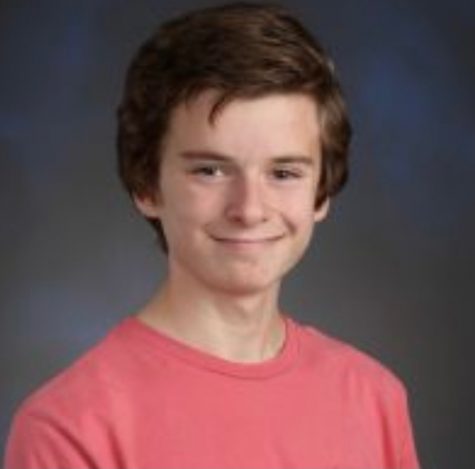
Matthew Kotcher ('23) is thrilled to continue to serve on The Forum as the Arts Editor and now as Director of Staff Recruitment and Development. Matthew,...














































